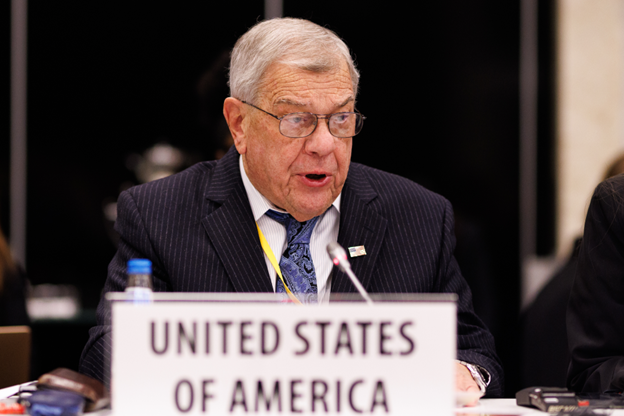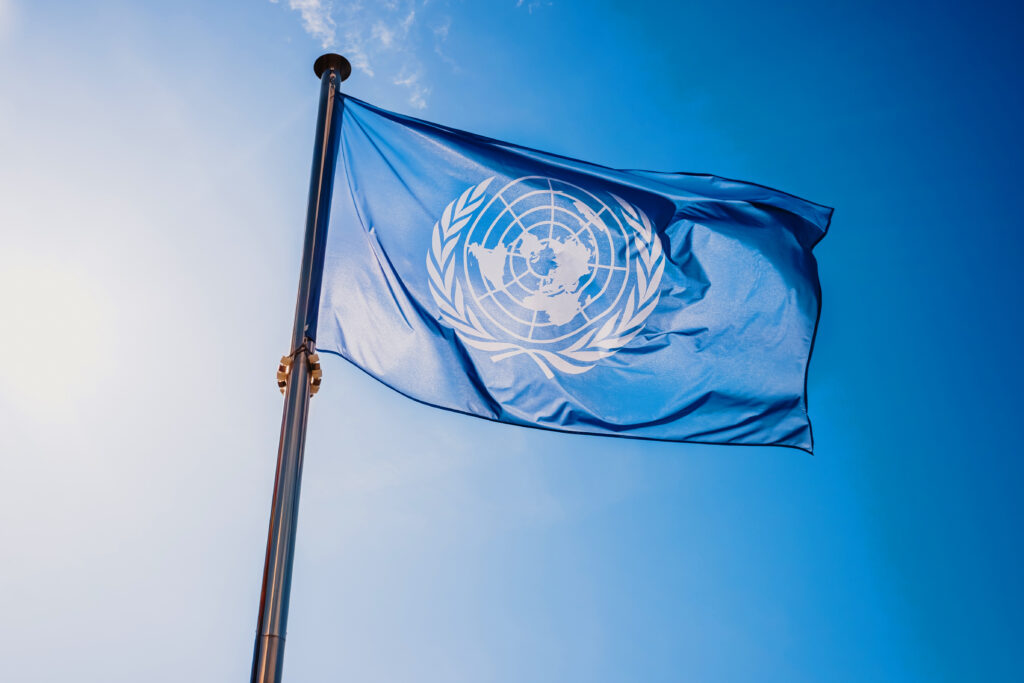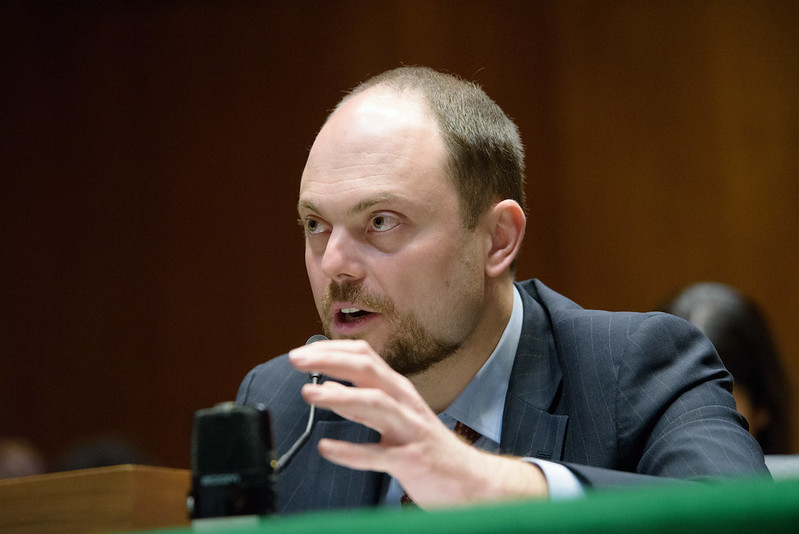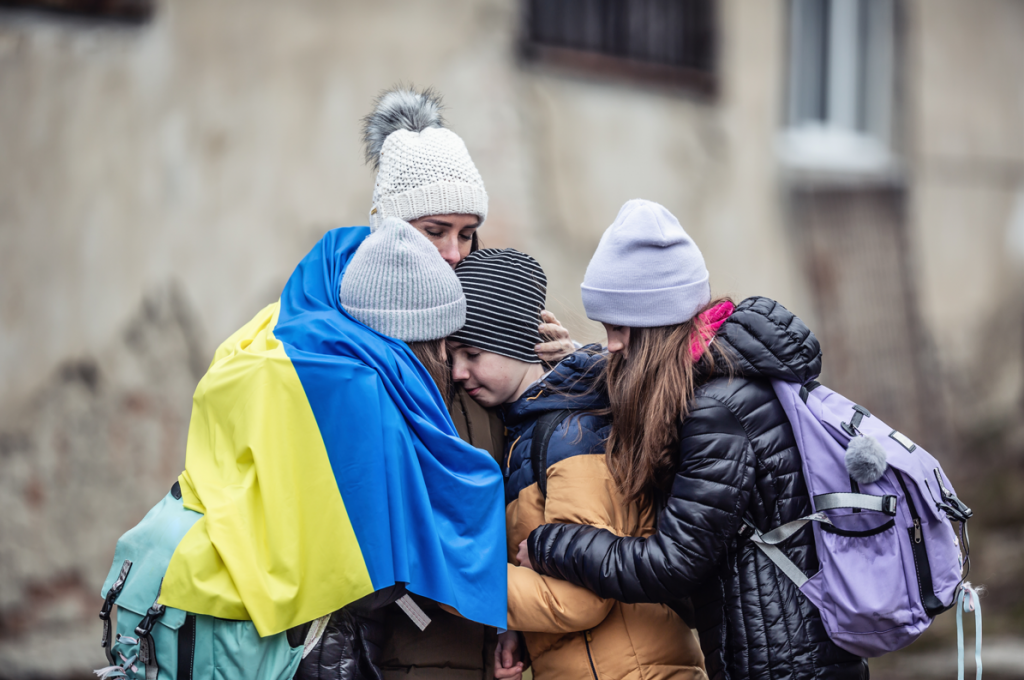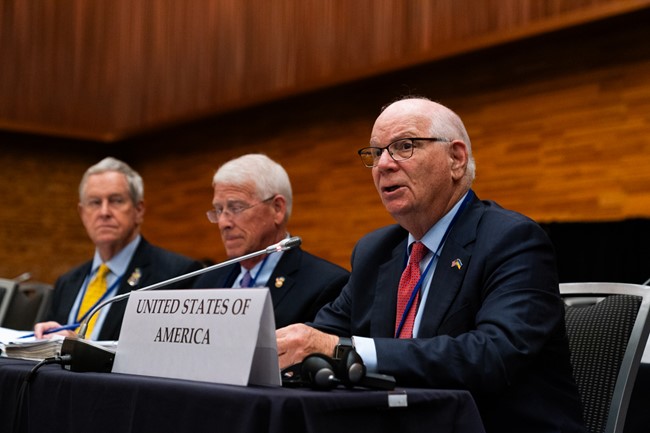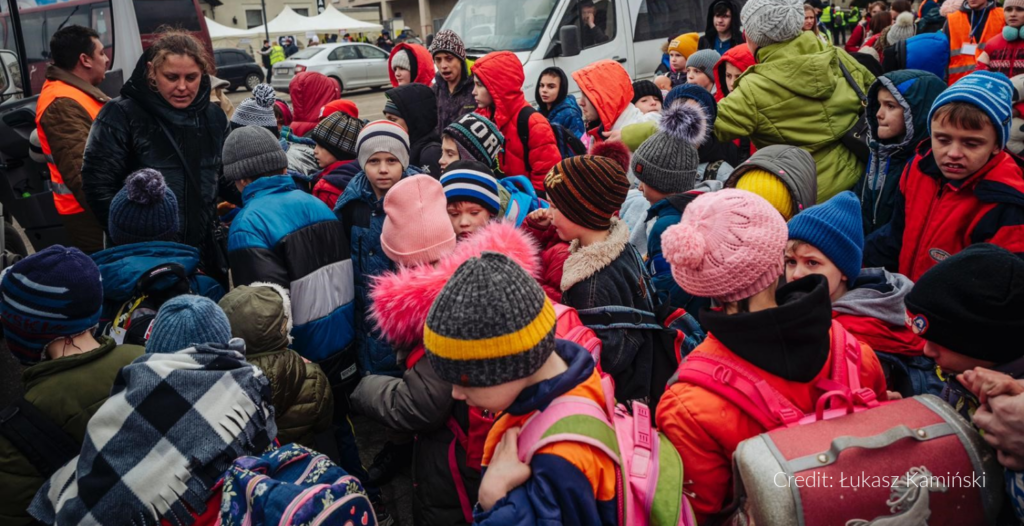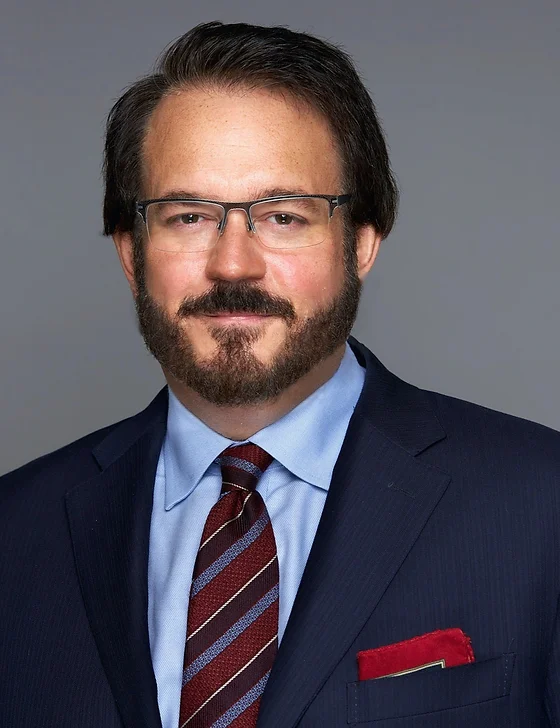By Allison Hollabaugh,
Counsel
As part of its broad mandate to combat trafficking in human beings, the OSCE Office on Democratic Institutions and Human Rights (ODIHR) brought together 100 representatives of participating States, international organizations, and civil society to discuss “Rights of the Child: Children in Situations of Risk” at the annual OSCE Human Dimension Seminar in Warsaw, Poland, on October 11-12, 2017.
Opened by Ambassador Christian Strohal, Special Representative for the OSCE 2017 Austrian Chairmanship; Jacek Czaputowicz, Undersecretary of State, Ministry of Foreign Affairs, Poland; and Ingibjörg Sólrún Gísladóttir, Director of ODIHR/OSCE, the seminar examined threats to children from incarceration and from human trafficking, as well as solutions.
Deprivation of Liberty
Speakers addressed common myths surrounding the incarceration or detention of children using the totality of research on actual impact, and suggested means of mitigating harm.
Panelists agreed that detention should be the option of last resort and be for the least amount of time possible in order to avoid the well-documented negative effects on children.
Drawing on research, Ms. Michaela Bauer, the UNICEF Regional Partnership Manager, highlighted that detention does not in fact benefit the child but causes educational deficits, low social skills, and disrupted family ties—setting the child up for future failures and insecurity.
Ms. Bauer explained that deprivation of liberty is too often based on incorrect determinations that a child is a threat to themselves or to society. She cautioned that detention is often 80 percent more expensive than alternate means, such as custodial family care. She also addressed the myth that detention keeps the child from absconding, explaining that it is the fear of detention that makes children abscond.
Mr. Azamat Shambilov, Regional Director of Penal Reform International’s office in Central Asia, underscored that detention creates isolation, marginalization, and life-long stigmatization of children. For instance, an educational diploma from a prison will haunt the child for life.
In addition, a child isolated in an institution from the love and support of family may suffer feelings of rejection. Such children emerge from detention and seek out other children who have similarly suffered, and thus often find themselves in trouble again. Mr. Shambilov suggested seeing the children as victims in need of care rather than criminals to be punished as, very often, the children who commit crimes have themselves been victims of crime.
Ms. Roza Akylbekova, Deputy Director, Kazakhstan International Bureau of Human Rights and Rule of Law, highlighted the importance of keeping the child connected to family. If a child must be institutionalized, it is critical to ensure that the institution is close to family who can visit the child. A better alternative would be non-custodial sentences for crimes committed by children—in which case the child would live at home with his or her family for the duration of the sentence.
Human Trafficking of Children
At the conference, Commission on Security and Cooperation in Europe staff, accompanied by Italian trafficking survivor and activist Cheyenne de Vecchis and Dr. Maia Rusakova, Co-founder and Director of the Regional Non-Governmental Organization of Social Projects in the Sphere of Populations’ Well-being in Russia, presented practical steps to limit the risks of internet misuse for the trafficking of children.
Citing a growing body of research in the OSCE region on the links between children’s unrestricted access to pornography on the Internet and experience or perpetration of sexual exploitation, Commission staff encouraged participating States to consider working with the private sector to institute age verification technology for all access to online pornography, such as the system currently being implemented in the UK.
Turning to the issue of children advertised online for sexual exploitation, Commission staff shared new technology developed by the U.S. non-governmental organization, THORN. This technology saves law enforcement thousands of hours by intelligently filtering the thousands of new photos, phone numbers, emojis, gibberish, and acronyms on adult-services classified-ad websites each day—collating for law enforcement attention the advertisements that have indicators of human trafficking.
The Spotlight tool connects overlapping information for law enforcement, showing officers other cities in which a victim has been previously advertised and other information that can help officers investigate. The Spotlight tool also provides a way for law enforcement in other jurisdictions to mark whether they are working on the leads, and who to contact for collaboration—innovations saving thousands of hours of work, dead ends, and duplicated efforts.
In just the last three years, more than 6,300 trafficking victims have been identified in the United States with the Spotlight tool—nearly 2,000 of whom were children. More than 2,000 traffickers were also identified. While primarily developed in and for North America, the Spotlight tool could be easily adapted for other OSCE participating States.
ODIHR’s Anti-Trafficking Mandate
ODIHR enjoys a robust mandate embodied in multiple ministerial decisions and the 2003 OSCE Action Plan to Combat Trafficking in Human Beings (as well as its Addendum in 2013) to combat human trafficking in the OSCE region, and has a full-time staff person specifically to carry out ODIHR’s anti-trafficking mandate.
For instance, ODIHR is tasked by the 2003 Action Plan with promoting the cooperation of law enforcement and civil society to combat human trafficking. The 2003 Action Plan also calls on ODIHR to work with the OSCE Strategic Police Matters Unit (SPMU) on anti-trafficking training materials for law enforcement. In addition, ODIHR has a mandate to offer legislative input to participating States, including on the development of National Anti-Trafficking Plans of Action.
While the 2014 regular budget shortfalls saw the loss of three members of ODIHR’s anti-trafficking staff, one full-time position was restored in 2015. ODIHR is now fully re-engaged on executing its mandate in the region, in coordination with the OSCE Special Representative and Coordinator for Combatting Trafficking in Human Beings.
ODIHR is currently updating the National Referral Mechanism Handbook, which it originally created in 2004 to guide participating States on the development of coordination frameworks for state agencies and best practices to, along with civil society partners, ensure proper care of trafficking victims.
In 2017, ODIHR staff members have visited Croatia, Georgia, the UK, and Poland to identify gaps and best practices for national referral mechanisms. In addition, ODIHR is working in Central Asia and Mongolia to increase identification of trafficking victims and streamline aid to victims, as well as to strengthen coordination between state actors and civil society. Finally, ODIHR is working with the Strategic Policy Matters Unit in the Mediterranean region to offer participating States technical assistance for combatting human trafficking in mixed migration flows.



